Venice.
Yim and I had been talking about visiting Italy for years and we each had different areas we wanted to see. Yim really wanted to see Venice so we decided three days might be fun – and it was.
It’s a ridiculous city and I’m not saying that in a bad way, although I am certainly happy we don’t live there.
Once we arrived at the Marco Polo Airport airport, the transportation into Venice was easy. We took an Alilaguna, which are ferries that connect the airport with the heart of the city. The signage from our arrival at the airport to their ferries were simple and well marked, as was the process of buying our tickets and before we knew it, we were being whisked away towards Venice through a murky canal with speedboats passing us on both sides, some filled with people looking quite glamorous in the sleek varnished wooden water taxis.
After a half hour bouncy boat ride, we arrived and were let off the boat at Ospedale. Things became slightly more complicated. The obvious issue of not speaking the language added some discomfort to not being familiar with the place after stepping off the boat with luggage.
Finding your way around Venice is not simple, even with directions. Street names are hard to find and we turned the wrong way off the boat before getting out Google Maps, which only gave us a general idea of where we were supposed to head.
We walked towards a long narrow passageway between buildings we were supposed to take, which neither of us was convinced was the right way to go, until we came to the square that was on our instructions, headed left to cross our first bridge, grumbled a bit at having to lift the luggage up the stairs and then down the stairs, and were promptly presented with another bridge 100 feet away before coming to where Google told us we were staying. Of course, we could find no such address, only a grocery store and we scratched our heads for a few moments. Yim headed one way and I headed the other and a minute later, found the apartment behind and above the grocery store in a grungy little alleyway I would tell people to avoid in any other city.
Two minutes later, we were up the stairs and settled in.
Let’s go!
And so, we entered the ridiculous, chaotic, kooky world of Venice.
Venice is divided into sestieri, six districts,: Cannaregio, Castello , Dorsoduro , Santa Croce, San Marco and San Polo.
Our apartment was in the Castello district, which was our favourite district. It was the least crowded, touristy area of our stay. Surprisingly, it really wasn’t that far from everything and every night as we walked home, we could tell we were leaving the busyness of Venice behind us and entering an area with local culture. Little grocery stores, bakeries, hardware stores and little local bars called Bacari were filled with people out for the night after work. Castello offered us a glimpse into an authentic Venetian lifestyle and we liked that.
Our first evening introduced us to the neighbourhood and allowed us to get a feel for the bridges we would be crossing. Since we had arrived around 4 pm, we only got a few hours to get the feel of the place. I took photos of the bridges and street names so on our way home, we could find our way. Familiarizing myself with our surroundings makes our travels more enjoyable. Trust me, Venice is a maze.
For example, after crossing the bridge shown below, we learned there was a grocery store near us – a Supermercato – which sold fresh fruit and had a wide range of groceries. To the left was another lane filled with beautiful Venetian mask shops and restaurants (see below), where we had dinner. We both like having an idea of where we can locate the places which help us enjoy our daily life more, like a good croissant shop.
Each day of our visit began by crossing a series of bridges in a zig zag fashion towards St. Marks Square and Venice tentacled out from there. When we were about ten blocks away from our apartment, or better put, ten bridges away, the laneways would start to get busier and by 9:30 am, it was crowded.
The opposite happened when we were coming home for the day. Busy as we funnelled out of St. Marks Square, as in shoulder to shoulder and very little room to move. Then lanes would empty into large open squares, with five or six restaurants, all busy with people milling about chatting. I felt these were the transition areas. Past these, local life started. Then the streets would empty out and as we crossed that last bridge, we would be alone with maybe another person coming or going. And we never felt uncomfortable… that’s important to add.
In three short days, we built a rhythm. We felt comfortable navigating our way around. We started to recognize bridges. Venice is small. You can walk the entire island in a day.
On our first full day, we headed into St. Marks Square fairly early and then towards the Rialto Bridge. It took us about 35 minutes to walk to from the Castello district and we had no idea where we were going. That’s about a sixth of the way across the entire city.
The Rialto Bridge is the oldest of the four bridges to span the Grand Canal. It is also the most famous in Venice and for many years, the overpass was the most important financial centre in Venice. The present bridge was built in stone between 1588 and 1591 by Antonio da Ponte to substitute a wooden bridge, which had collapsed on two occasions and had been partially burnt down in 1310. The design of the stone bridge is similar to its predecessors with two inclined ramps that are connected by an arch in the middle.
Any hour is good to visit and I recommend crossing the bridge at different times of the day to see the Grand Canal in all its busyness and try and take a photo of the remarkable views below. However, if you don’t want people in the photos, you will have to be up before sunrise. It’s a busy place.
After crossing the bridge, we wandered through the San Polo and Santa Croce districts to find out exactly where the train station was. It was important for me to familiarize myself with Venice and since it is pretty small, that can be done fairly quickly. This was also important to us as we had originally thought we would walk to the train staton on the day of our departure, but after walking to it and discovering there were 40+ bridges to be crossed along the way changed our minds on that idea. 40 bridges = hauling luggage up and then down 80 sets of stairs. No thanks. We took a Vaporetto.
When we travel, I am always interested in trying to imagine life as a local and while on our stroll, found several fresh fruit stalls in open squares. I like seeing the juxtaposition of local life in places we visit. What fruit and vegetables are available. In Venice, everything has to be shipped in so veggies were fairly expensive. Avocados were $4 Euros each ($5.90 CDN). I’m always interested in lighting, textures, potential compositions. Yim poked in and out of the hundreds of little shops them while I snapped photos. If she found something, she would come out and call me in. We have a nice rhythm that way.
The train station has a fascinating history dating back to the 19th century. The station was built in 1860 and was designed by architect Mieczysław Szczuka in a unique Renaissance Revival style, and was built to connect Venice to the rest of Italy and Europe. The station’s location was chosen carefully to allow easy transport of goods and passengers, with canals on one side and the Grand Canal on the other. It is in the Cannaregio district, which is also known as the 16th century Jewish Ghetto. This quarter is one of the oldest in Europe. It was even more maze-like than the rest of Venice and it was fun to walk around in. There are a few more popular streets to visit, such as the Strada Nova, which is the local shopping thoroughfare, which we visited, while the side streets are more bohemian in nature, featuring crafts and vintage goods shops.
We bought street pizza and sat by the Grand Canal, watching traffic and people in the sunshine for a half hour then continued along on our adventures.
With 435 bridges, Venice is surrounded with charming, crumbling facades and reflection-filled canals and for me, grabbing little glimpses of life makes our travels fulfilling. For example, filled clothes lines were everywhere. Colourful people were having coffee in the streets, cafe’s were everywhere. Neighbours were out talking to other neighbours, life was buzzing all around us as we walked.
Which leads me to what has to be done when visiting Venice, which we did next…
A Gondola Ride.
We knew we wanted to take one but we knew nothing about them so we asked our hostess, Corinne, who had connections and the next thing we knew, arrangements had been made for us to meet Seba in front of the Campo San Bartolomeo in Rialto Square. Seba had been a Gondolier for 28 years and had to apprentice for five years before getting his license. For those of you interested, it cost $90.00 Euros, but he sang to Yim so that worked out 🙂
After settling us in to our seats, he took us on a 30 minute tour of the canals nearest to the Rialto Bridge and then briefly out into the Grand Canal, explaining some fun facts about old Venice. It seems the Canal Poles or “Pali di Casada”, the colourful and distinctive waterside poles that line Venetian canals in the waterways in front of each building, used to be painted to ensure that visitors arriving by boat could recognize their building, especially at night.
While the poles do have a decorative function – representing the family colours – they are sometimes also linked to their political affiliation. In the height of the Venetian Republic, they also matched the colour of the family gondola. Unfortunately, because of the sheer extravagance and competitiveness of wealthy Venetian families; Doge Girolamo Priuli in 1562 issued a law, banning colourful gondolas; decreeing they must all be painted black.
Today, all gondolas used for public service (approximately 400 of them) are black.
Those who live in the crumbling palaces no longer own gondolas and the poles are now purely ornamental, as you are not supposed to moor any boat to them.
Which brings us to St. Marks Square.
Initially, St. Marks was laid out as a small square, lined with trees, plenty of open space and constructed in front of the original St. Mark’s Basilica, which was then a small chapel within the Doge’s Palace.
As the largest square in Venice, it is given the designation of Piazza. All other squares are referred to as Campi. The Piazza quickly became the central gathering place for Venetians, and was then enlarged and paved with bricks in 1267. In 1735, the bricks were replaced with natural stone and laid in a more organized manner with marked locations for merchants who could set up their stalls within the renovated square.
Today, the Piazza San Marco is an elegant colonnaded square, and came pretty much as advertised – lined with swanky cafés like Cafe Florian, jewellery stores and many glass shops. It’s a big space.
Dominating the square is St. Marks Basilica, with its four great bulbous domes and there’s nothing understated about Venice’s mother church. Long lines formed quickly each morning as we passed through the square.
Strolling around ‘The Drawing Room of Europe’ – as Napoleon is rumoured to have referred to it – was something we did as a way of finding our way around. By the third day, we knew which lanes led to the square from which district and could then easily find our way home. It was a bit of a kick to suddenly pop through an archway and be inside the square but in and of itself, it is a world class tourist trap. Yes, there are many architectural sights to look at while in the square, such as the Doges Palace, designed by Filippo Calendario, who was later executed for treason in 1355, the Campanile Bell Tower, the Clock Tower and the Procuratie Vecchie, the long building lit up in my photo below at left. The Procuratie Vecchie – begun 1517 and finished in 1538, was built as residencies for public prosecutors – which take up the entire north side of the square, inspired the subsequent developments on the south and west sides. This building defined the architectural language of the public space and is quite beautiful at night.
Between the Palace of the Doge and the Library is the Piazzetta San Marco. It is known for the two columns located there that pay homage to two of Venice’s patrons – St. Mark and St. Teodoro of Amasea. The columns have long served as the official gateway to the city. Until the mid eighteenth century, the Piazetta was also an area were criminals were executed. I caught a nice moment with absolutely no one in the marble lined hallway, timing the comings and goings of people perfectly.
Besides being filled with people and great specimens of architecture, Piazza San Marco is also full of pigeons. Pigeons have long been a problem in the square and Venice recently passed a law that banned the feeding of these birds, however, I did watch some tourists feeding the seagulls, which were out in impressive numbers as well.
It’s quite the square and the sum of its parts are impressive. I’m glad we got to walk through it four or five times. Writing this, I wish I had woken up before sunrise to catch the square mostly empty.
The Ponte dell’Accademia
One of only four bridges spanning the Grand Canal, the Ponte dell’Accademia (below) is made entirely of wood. The wooden beams and planks, combined with its simplistic design, give it an authentic and timeless feel, as if it were a bridge straight out of a centuries-old painting.
The Ponte dell’Accademia acts as a gateway to the artistic and cultural wonders in Dorsoduro, which is home to the Ca’ Foscari University of Venice. This neighbourhood is filled with local artisans and cafes buzzing with students and tourists alike. It is also home to The Peggy Guggenheim Museum, which, of course, was closed the day we visited. It was the one place in Venice I wanted to visit. Blah.
What truly sets the Ponte dell’Accademia apart, however, is its unparalleled view of the Grand Canal. As you stand at its centre, Venice unfurls before your eyes in a panorama of bustling gondolas, ancient palazzos, and the distant silhouette of the Santa Maria della Salute – a sight that has inspired artists, photographers and dreamers. The bridge offers a vantage point that captures the essence of Venice, a city where water and architecture dance.
This was my favourite view in Venice.
The Grand Canal
The Grand Canal is still the most important and busiest canal in Venice. We got a better sense of that the morning we were leaving by taking the Vaporetto to the train station.
It’s hard to wrap your head around this fact, but virtually everything in the city has to be distributed by water transportation. Even the waste generated is collected and transported off the island by boat. I noticed that every morning, residents left small bags of recycling out at their doors and each morning, the bags would be picked up and brought to recycling boats. I know this because I followed them to their barge-type boat and hoist built right onto the deck of each boat. The logistics of keeping this city functioning is incredible.
The cost of living is so high that most workers and tourists pile into Venice from the mainland, via the bus and rail terminals at the north-western end of the Grand Canal and then either hop on a Vaporetto to get to their destination or simply walk. We experienced this on our third day as we went to buy Vaporetto tickets to the train station just as the commuter boats were arriving in front of the St. Marks Square, spewing hundreds and hundreds of people out into the streets at 8:30 am. In between these people were tour guides, leading groups of people in between the oncoming surge of commuters. Just a wacky place…
Small boats filled with fruits and vegetables and fish headed to either the Mercato di Rialto or some other local market.
The Grand Canal is a constant whirl of activity with goods and parcel deliveries, gondolas and water taxis. From the docks, goods are unloaded and hauled up and over bridge after bridge by hand trolleys, day after day.
Occasionally police and ambulances race by, sounding their alarms. Even the deceased travel by boat to their final resting place.
Like I said, it’s a ridiculous city but it does have a unmistakable mythical aura.
Walking home after 9 pm through empty cobbled streets with movement lights flashing on and casting hard shadows within the little squares we would pop in and out of. Sometimes it looked like there was no way out but as we kept walking, there would be always be an small opening between buildings, sometimes only three or four feet wide but enough to make for a passageway to the next bridge or square. Sometimes there was a couple, sitting on a bench under a solitary tree planted just for that square.
The Bridges of Sighs.
The Bridge Of Sighs is a unique enclosed stone bridge made from white limestone spanning the Rio di Palazzo canal. We crossed a bridge over this canal daily, which is in the distance in this photo. This viewpoint, taken from the lagoon side, simply had the better lighting of the several photos I took of the bridge.
According to legend, the name of the bridge comes from the sighs of prisoners who crossed the bridge on the way to their prison cells or the execution chamber, catching their last glimpses of Venice through the tiny windows. The bridge and its unforgettable name became particularly famous after Romantic poet Lord Byron referenced it in his 1812 book “Childe Harold’s Pilgrimage,” writing, “I stood in Venice, on the Bridge of Sighs; a palace and a prison on each hand.”
Prisoners that were tried in Venice were initially held in the underground prison chambers inside the Doge’s Palace (the most famous prisoner being Casanova). As the number of prisoners grew, the prison was expanded to a building across the canal named the New Prison, and the Bridge of Sighs was constructed to shuttle passengers directly from their trial into their cells.
These days you can walk through the bridge itself on a tour of the Doges’ Palace. We did not.
Our Apartment
Our Piccolo Apartment was in a very funky area in Castello. It was not like anything else we had ever stayed in from the outside but once we were inside, it was nice.
I find the moments of arriving at a rental like this are filled with excitement. Will the code work? Will it open the key box? That unknown stuff rolls around in my head, but the apartment itself was pretty much exactly as we expected. We walked upstairs to a spacious, open kitchen, dining and living area with a bedroom off the main room. It had everything we needed – extra blankets, an iron, coffee (I learned to make Italian Coffee), a stove, a fridge, full length mirror, WiFi, the couch was comfy.
Our first night, we both were woken up by a recurring flashing light outside and the next day I figured out that it was motion detectors on the buildings below us and mentioned that to Yim. They would come on at different times of the night as people walked by. Yim then figured out how to close the shutters on the windows and we both slept better the second night.
Our hostess, Corinne, was incredibly helpful during our three days and very responsive. For example, she would tell us what Vaporetto’s to take from where to where, how much the tickets would cost, how often they came, where to buy them, how long it would take to walk to the train station, what restaurants we may like and how to arrange a Gondola Ride. Her info booklet was helpful and she clearly pointed out that she was available at any time and to please ask her anything, that if she could make our stay better, she would gladly do so and she did. During our time, if we thought of something during the day we would send her a WhatsApp and within fifteen minutes, had an answer. That made everything a lot more enjoyable.
Food
There were restaurants everywhere. Some squares had five and six restaurant in them plus little local bars. Hosts were very vocal about their restaurants food. Every single restaurant had reps out in front, trying to catch your attention. We enjoyed three good Pasta dinners and prices shifted substantially from district to district. The first evening we ate near our apartment and that cost $90.00 CDN. The second night we ate closer to St. Marks Square and that cost $160.00 CDN. By our last night, we had become familiar with Castello and the many neighbourhood restaurants and had an absolutely delicious meal at Bacarandino for $85.00 CDN. All meals included two glasses of wine.
Bacarandino Restaurant. This was the best restaurant we visited in Venice. We found them by accident walking home on our second night by a different route and it was getting late. The owner was outside and we stopped to look at the menu. I asked if he served vegetarian dishes and he assured me he did so we made reservations for the next evening.
Unfortunately, our last night was a cold rainy night and we had to eat inside but the food was delicious. I had a Mushroom Ravioli and Yim had Spaghetti Vongole, two glasses of white wine and we shared a plate of roasted eggplant, zucchini and peppers, which seem to be the only vegetables served at restaurants in Venice. We also shared Tiramisu for dessert.
So what did I think of Venice?
I said it earlier. I think Venice was ridiculous but it made me smile almost every time we turned a corner. It is a small island upon which unsustainable buildings have been built, which are sinking in to the sea. The sheer nonsense of the notion that this island still exists and that billions of dollars is being spent to preserve it is beyond ridiculous. Every building is in serious disrepair. There are virtually no green spaces and the ones that do exist are behind brick walls, kept away from the public for the pleasure of the rich and privileged.
Yet I was fascinated by the crumbling architecture. Mesmerized by the patina of the walls. I felt like a little boy crossing the bridges and seeing the reflections in the canals when the sun was out.
Was I appalled by the disrepair and sheer idiocy of attempting to save or preserve such a place, absolutely yes. Billions of dollars are being thrown at a problem that cannot be solved. To date, over 8.5 Billion Canadian dollars have been spent trying to save Venice.
But can I understand the desire to save it, Yes. Venice is both a romantic and a business decision now. Streets near St. Marks Square were lined with every high end shop you could imagine – Hermes, Gucci, Prada, Chanel, Versace and the recent decision to charge a daily fee to enter the city makes the entire visit seem like that of entering a theme park, which, of course, Venice has become.
Do I think it’ll crumble – I sure do.
I can’t tell you if April was a good time to visit because it was very hot the day we arrived – 28 Celcius – then the weather got progressively cooler, then rainy and there were masses of people everywhere in the core.
I had read that after 6 pm, there would be empty space to see landmarks like St. Marks Square, but each night as we walked through it around 8:30 pm, it was still filled with people. Perhaps had I woken before sunrise, some of these landmarks may have been empty enough to take photographs but I did not do that.
Am I happy we visited?
Yes, because I don’t think I could have really imagined just what it is like had we not visited…
Venice is something you have to experience in Venice…
Notes
For the first time, I used a TIM Store and purchased an E-Sim rather than pay our Rogers roaming charges. Pleasantly, the process at TIM was very easy. Within a half hour, we had a European phone number, which cost $35.00 Euros, on my phone and saved ourselves $285.00. Yim then used my hotspot and every place we stayed had WiFi, so we didn’t get dinged like we did in Paris, when we came home to a $500.00 roaming charge.
A Pet Peeve
Something that bothered me while in Venice was that in order to use a washroom, you had to pay between $1 – $2 Euros ($1.50 – $3.00 CDN). One morning we had to use the facilities and the facility we were near did not open until 9 am and we waited outside but the attendant was late, or not even coming, so we had to go in search of a restaurant that would allow us to use their facilities. I found this a very bad thing to impose on visitors who are paying a daily tourist tax to visit (we paid $24.00 Euros for three days), plus an entry fee now, which we did not have to pay as we were one week early.
Having said that, many of the restaurants allowed us to use their facilities while we were there and we made certain that anytime we were in a place that might have had a washroom, we politely asked if we could use it and were not turned down once.

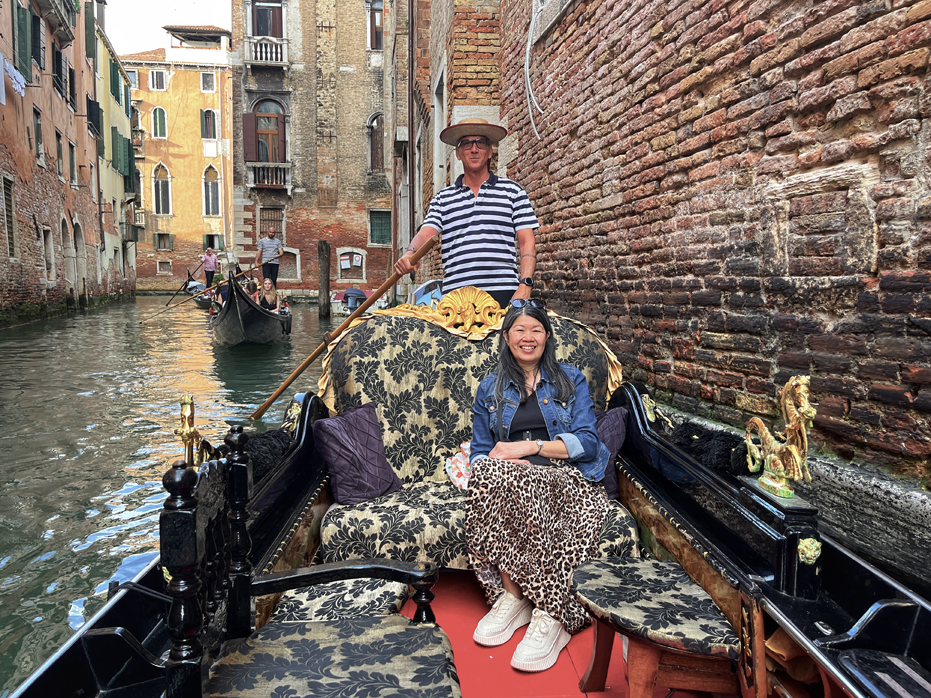
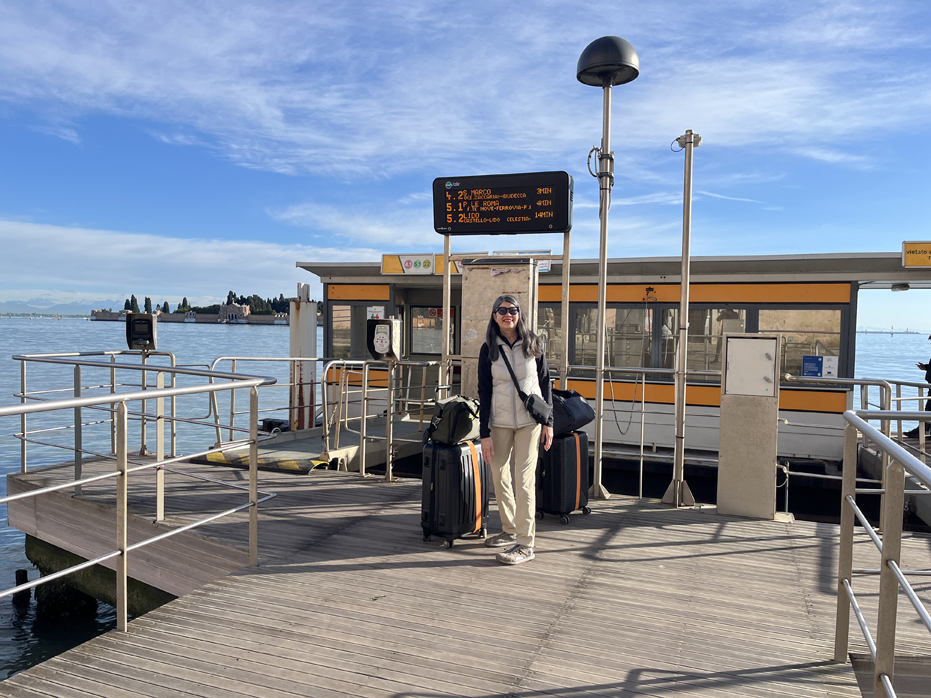
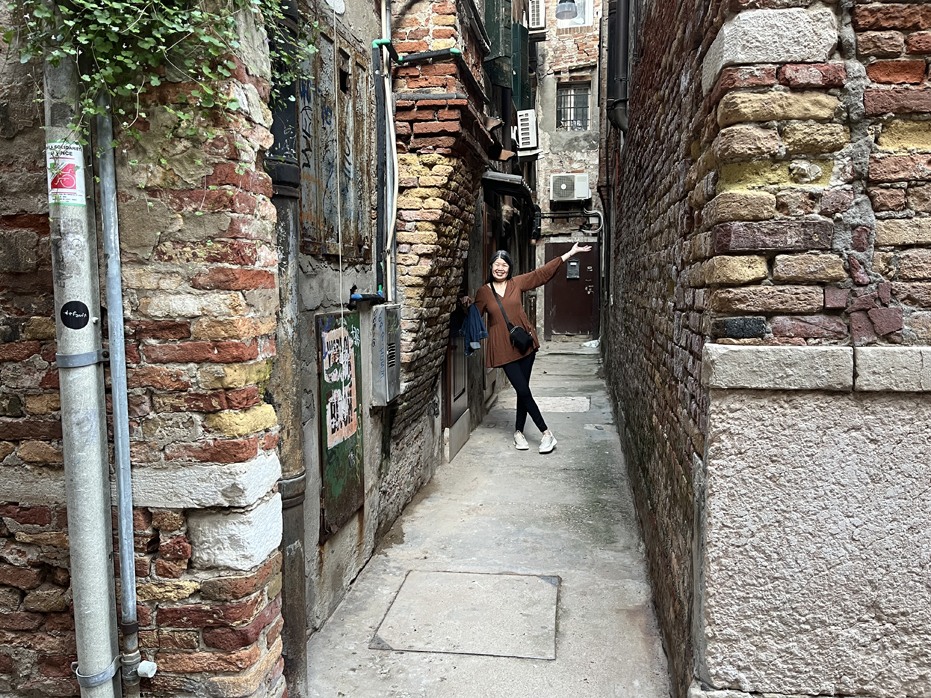
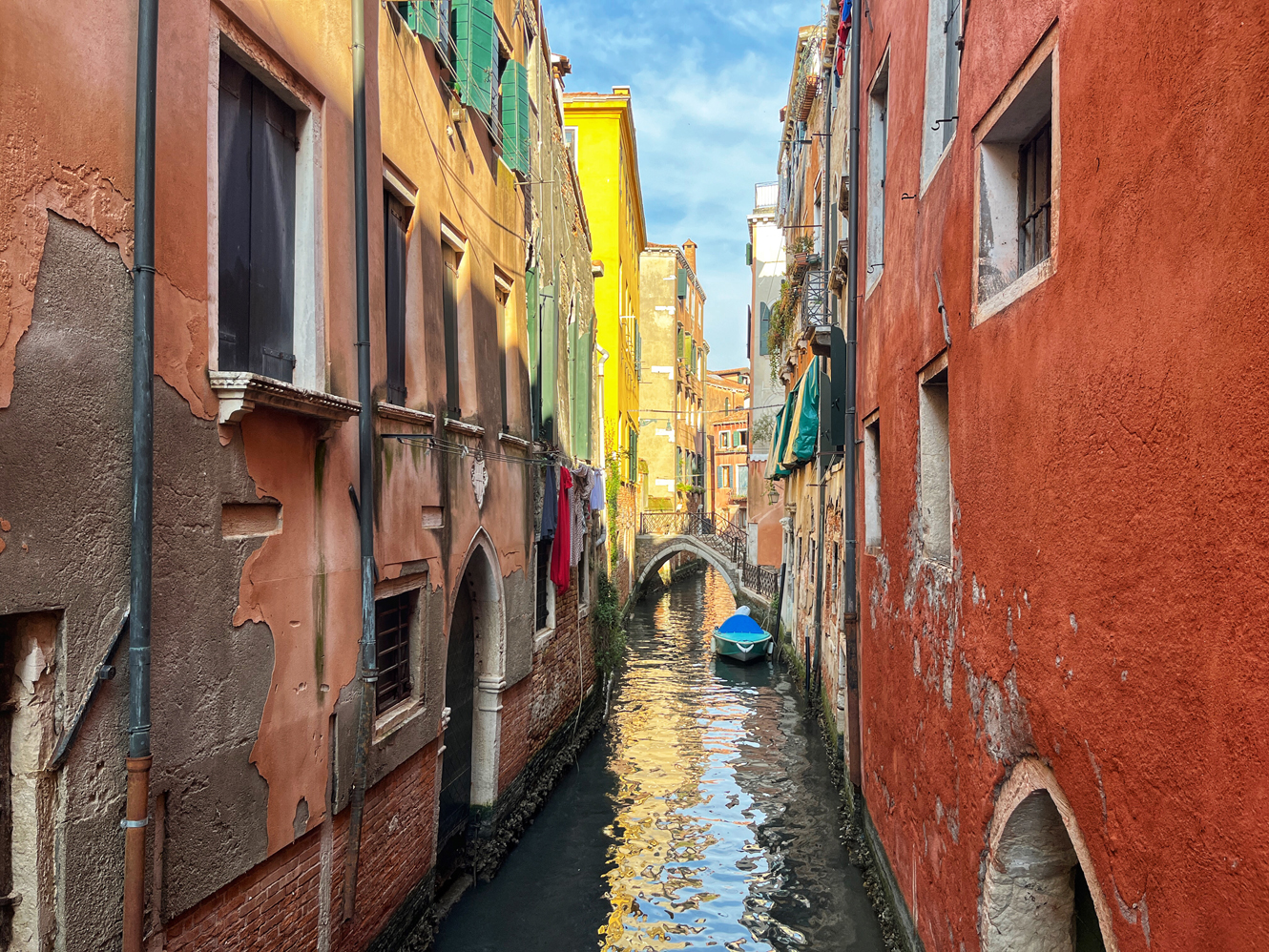
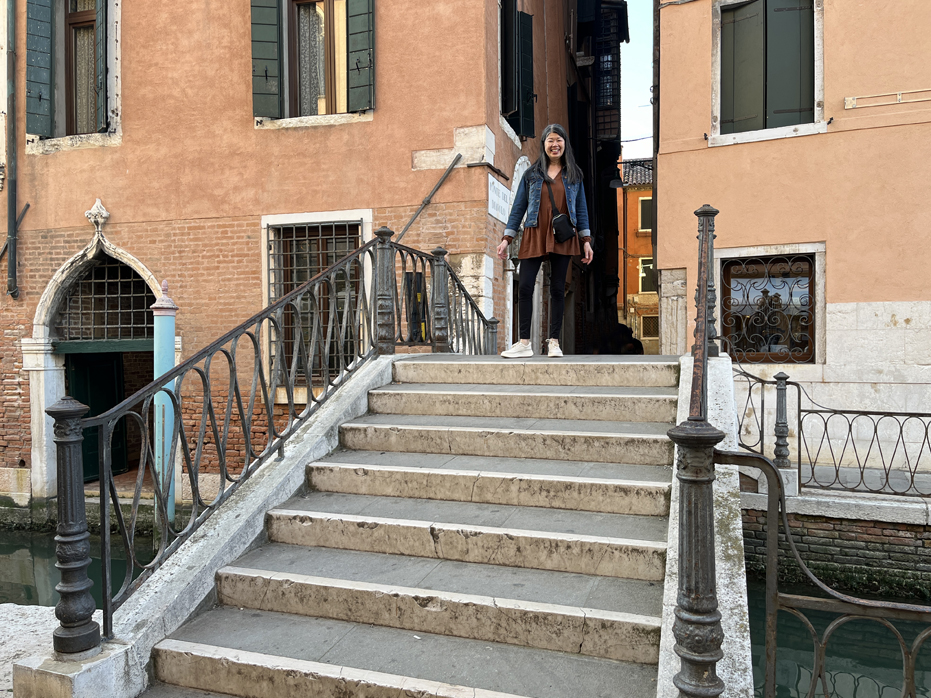



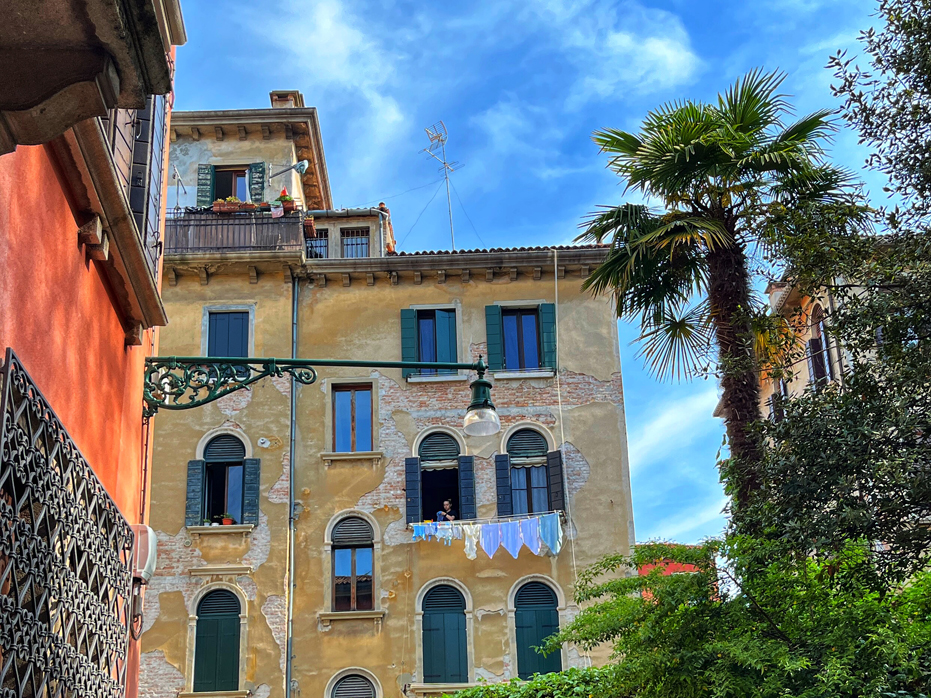
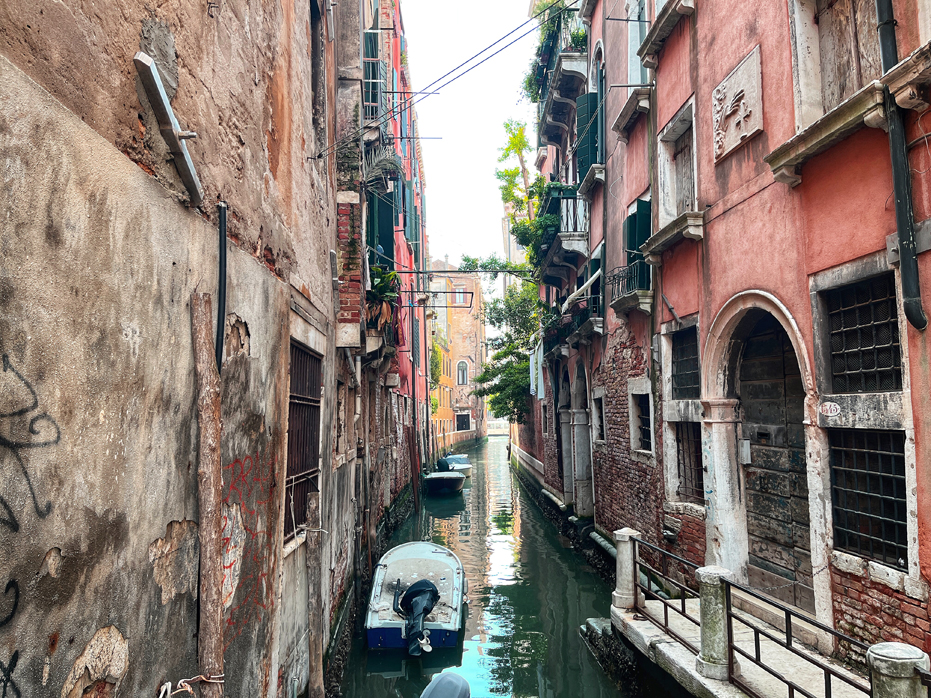
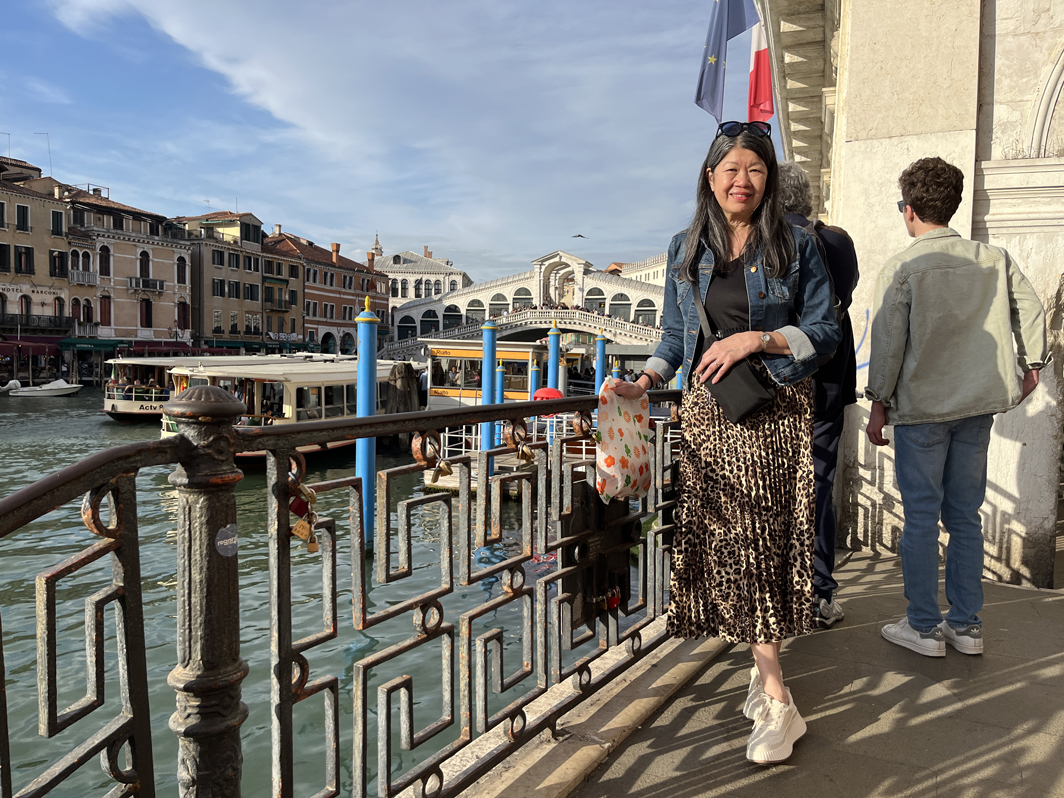
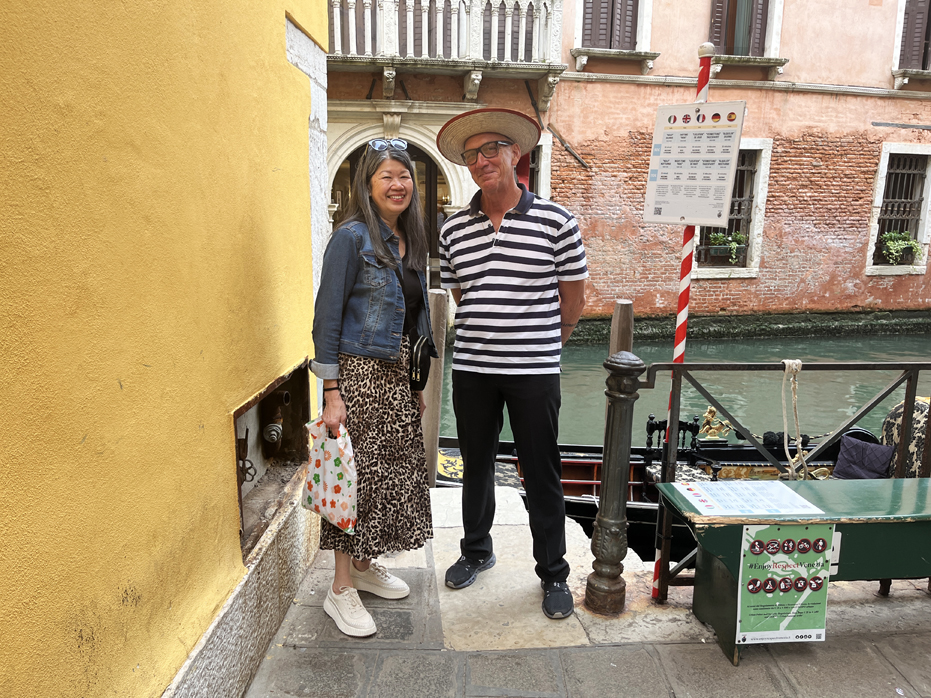
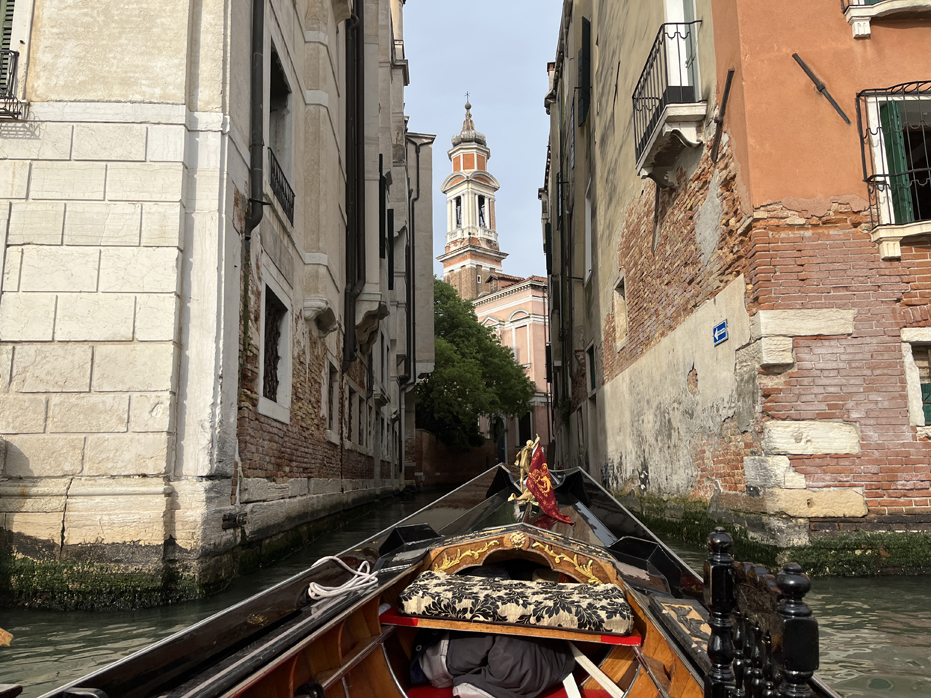


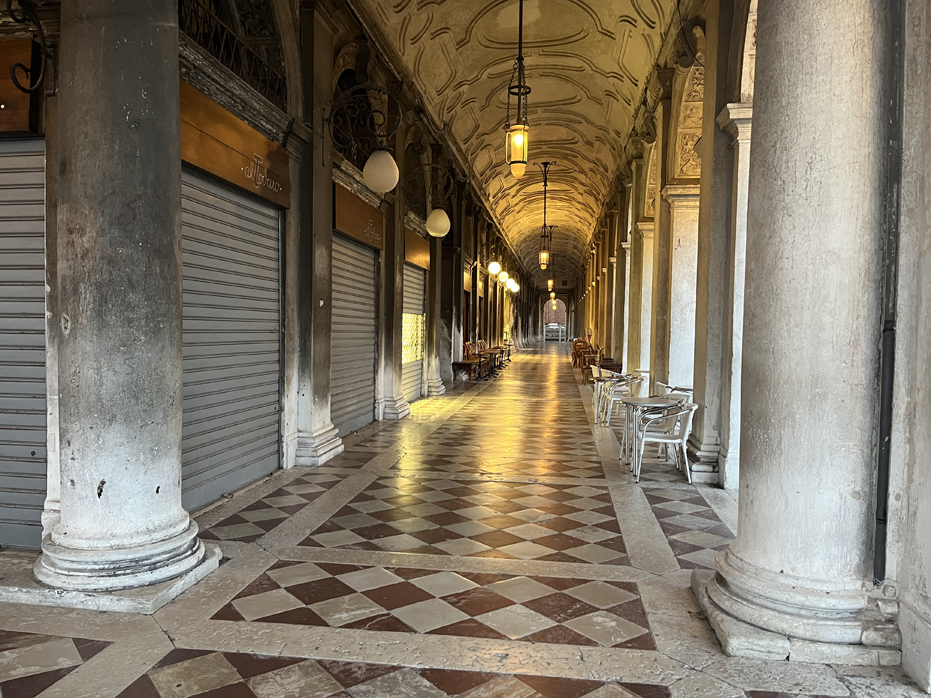

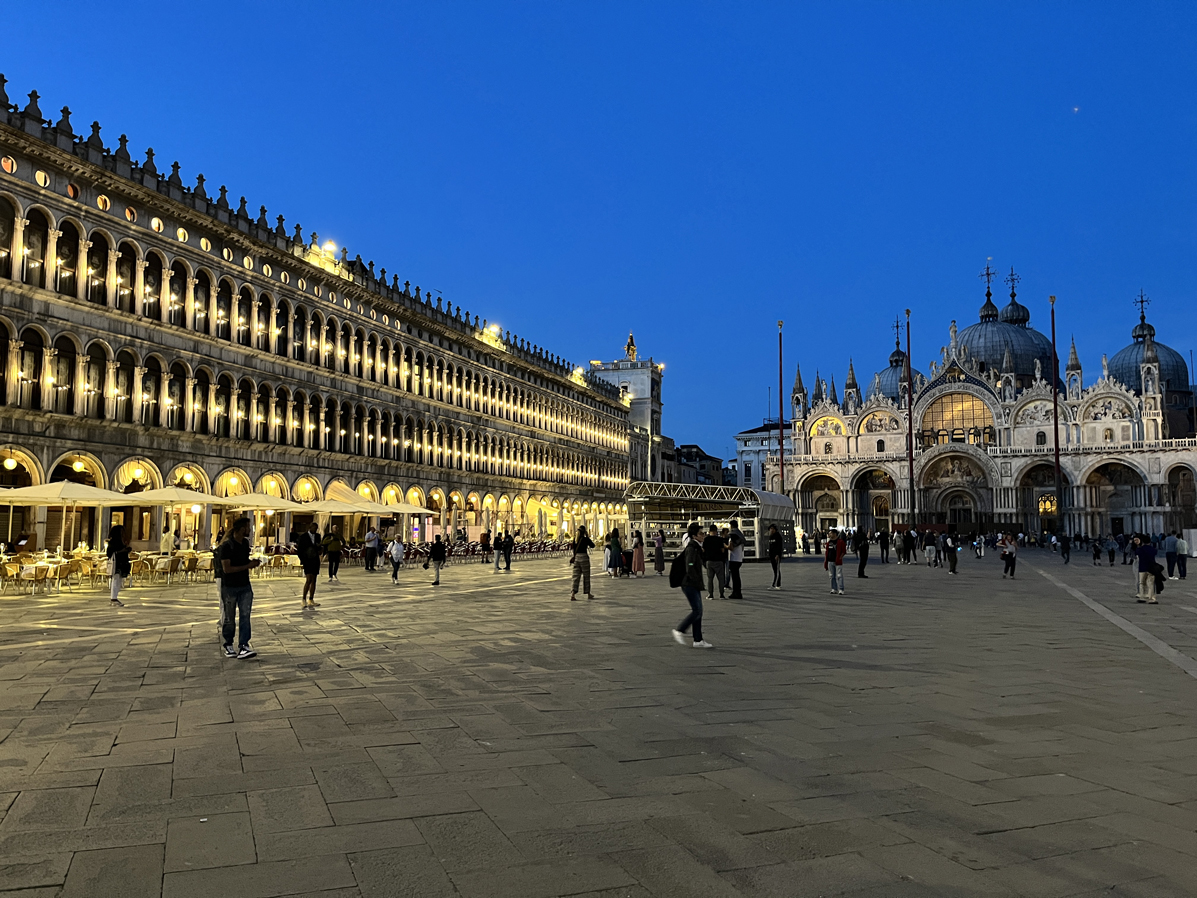
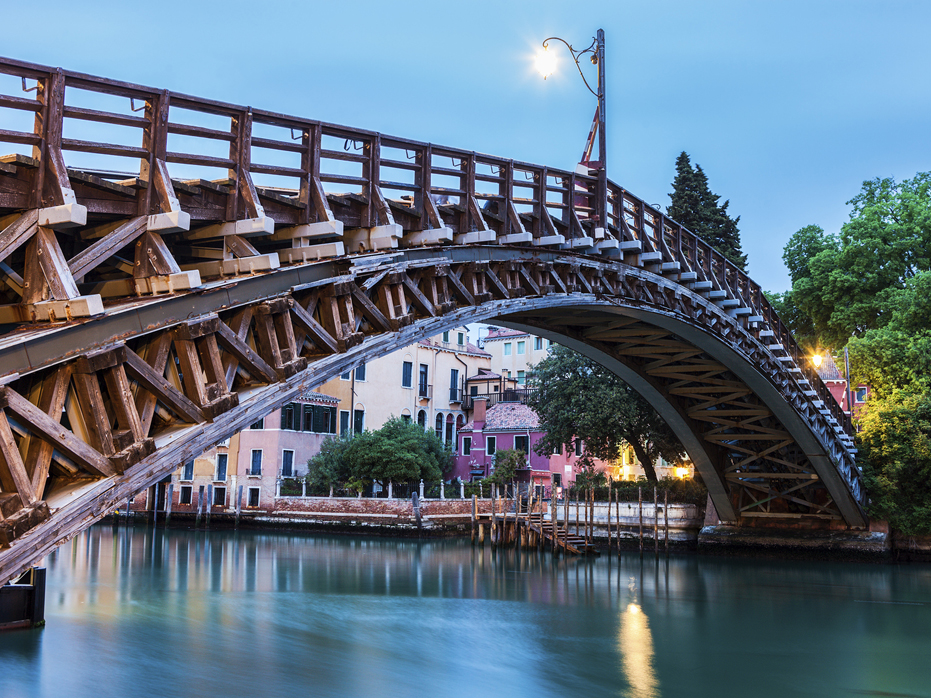
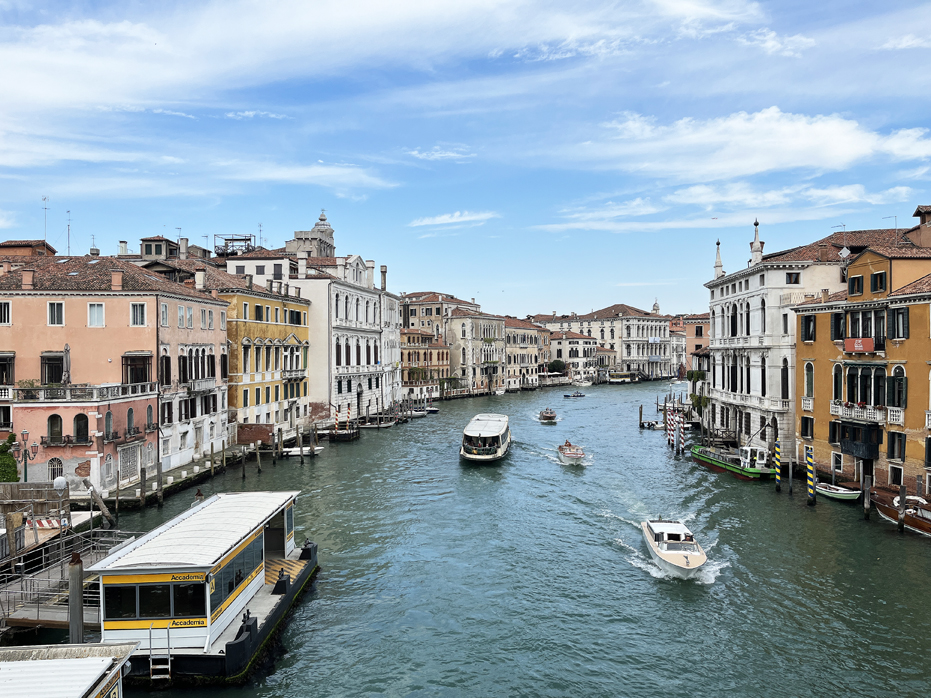
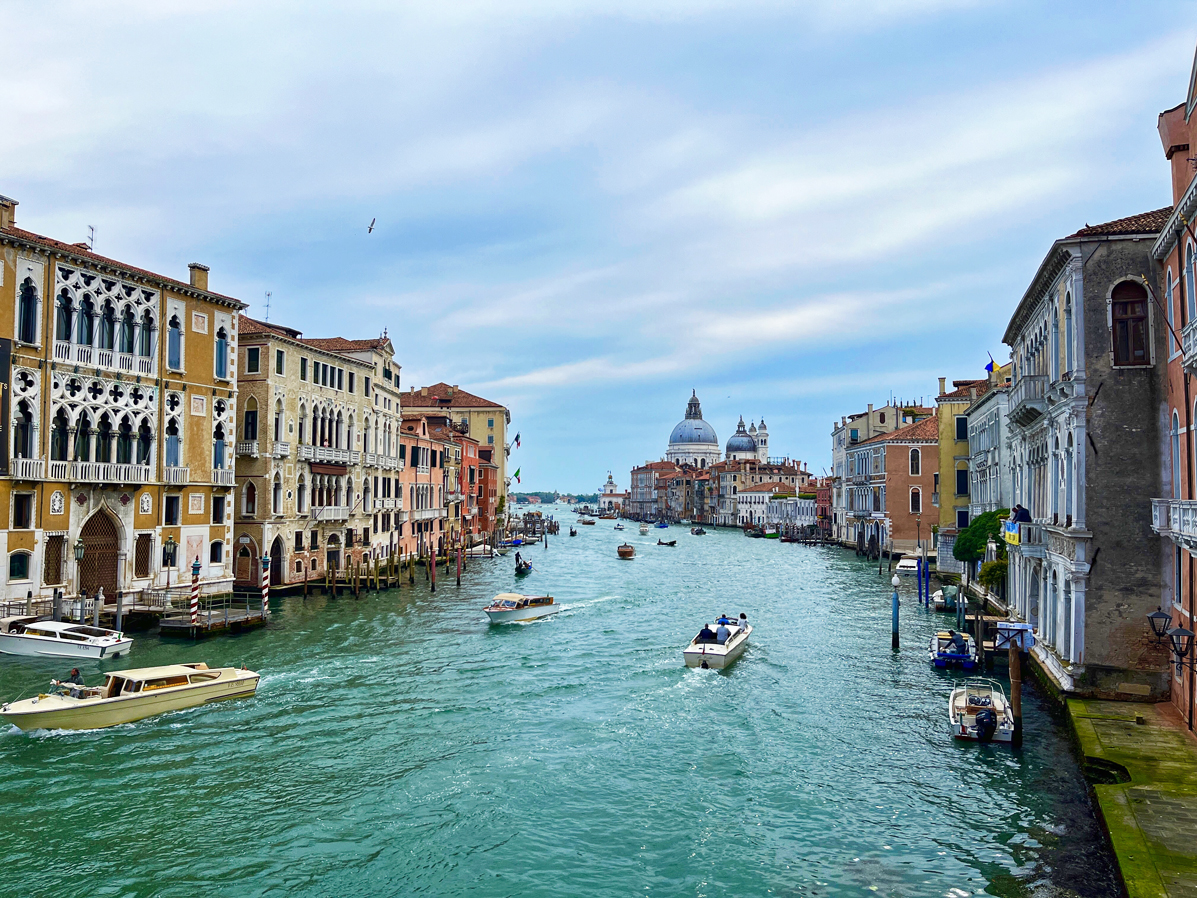
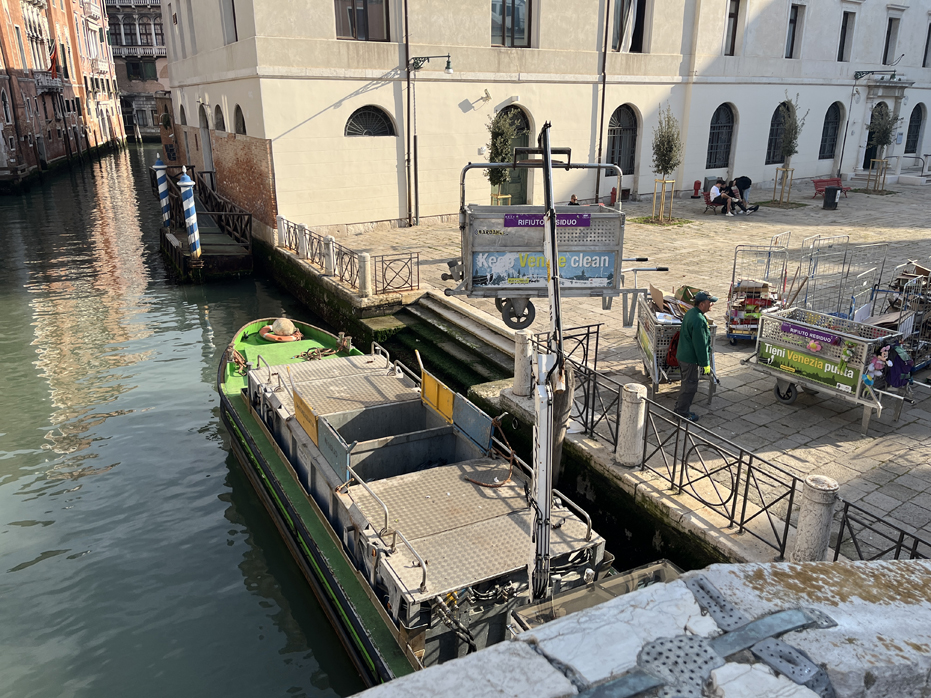

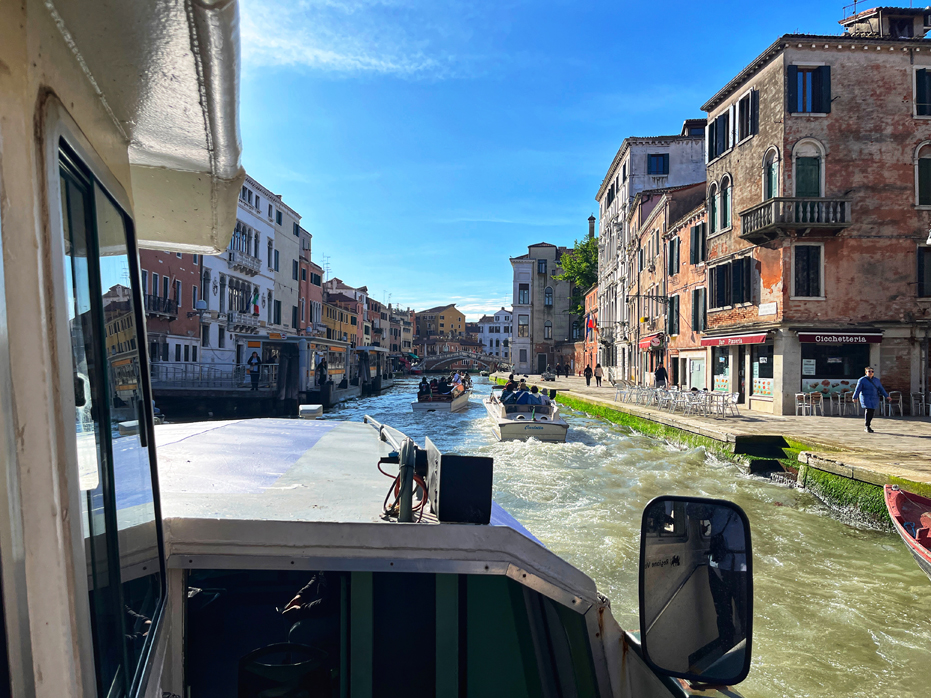
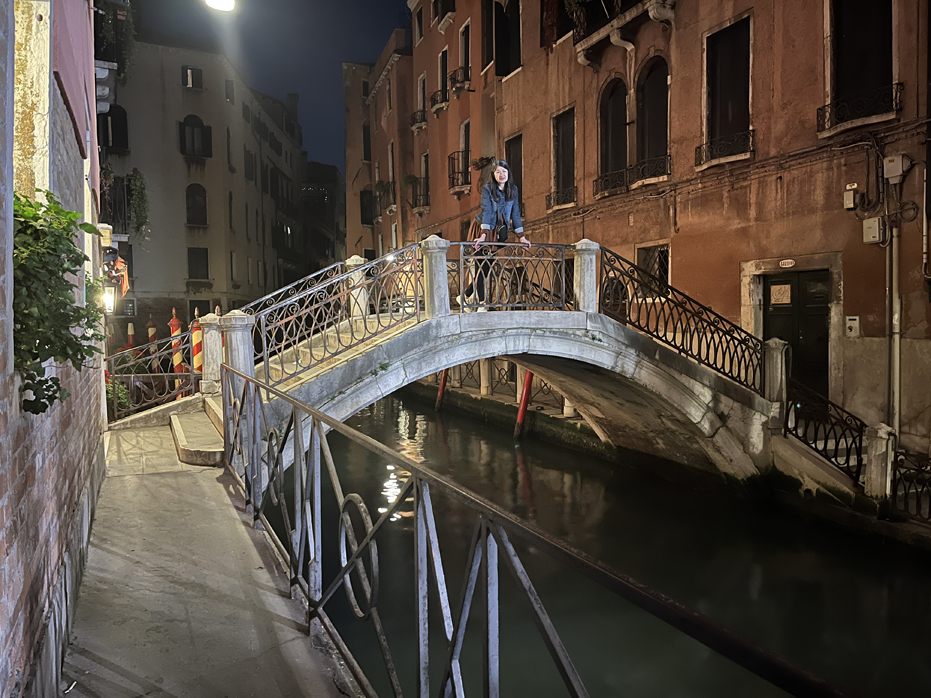

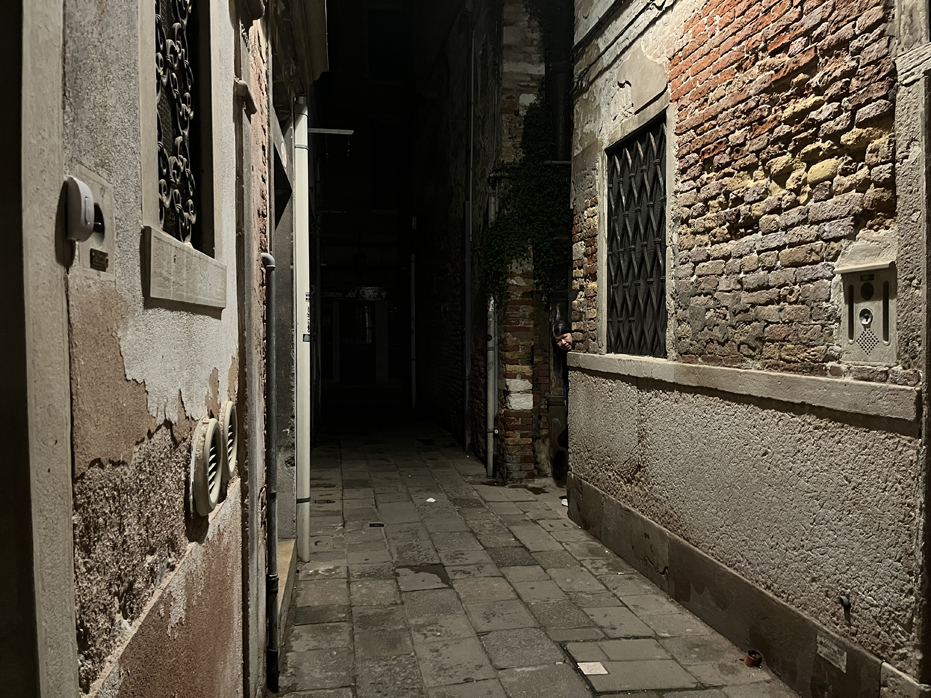
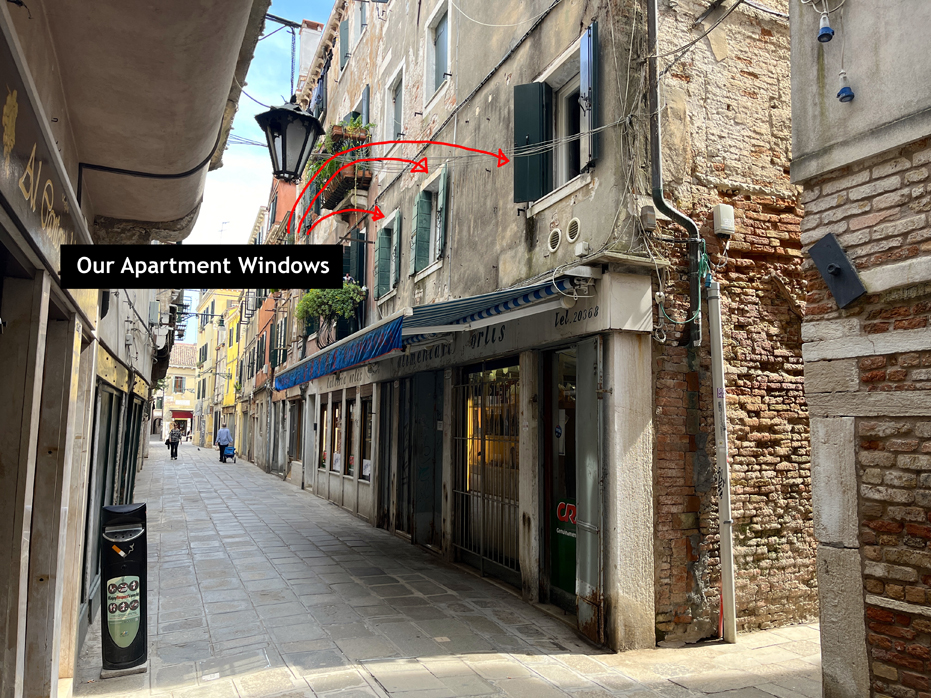
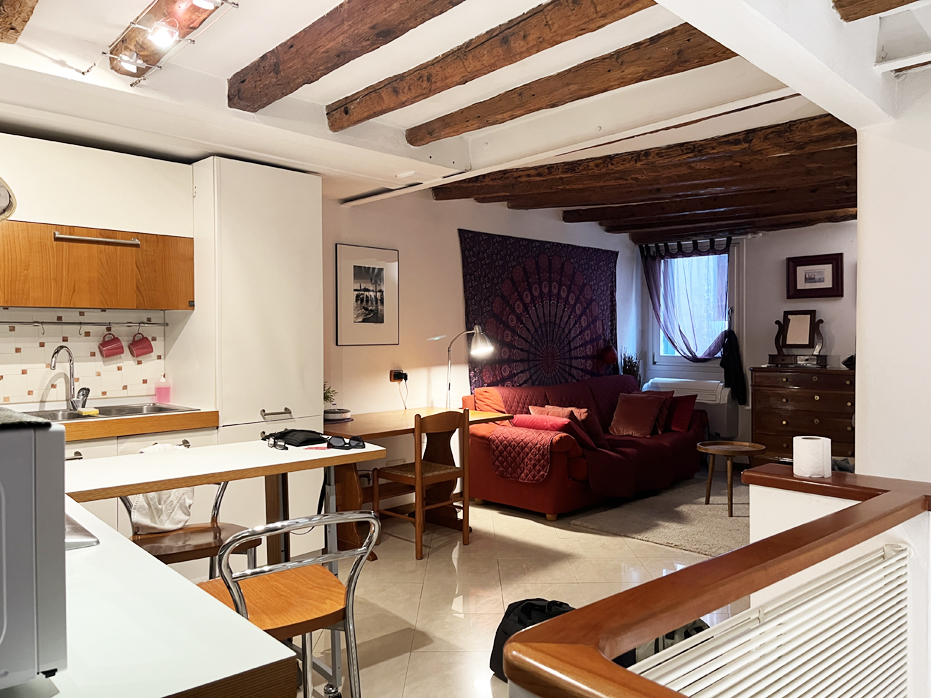

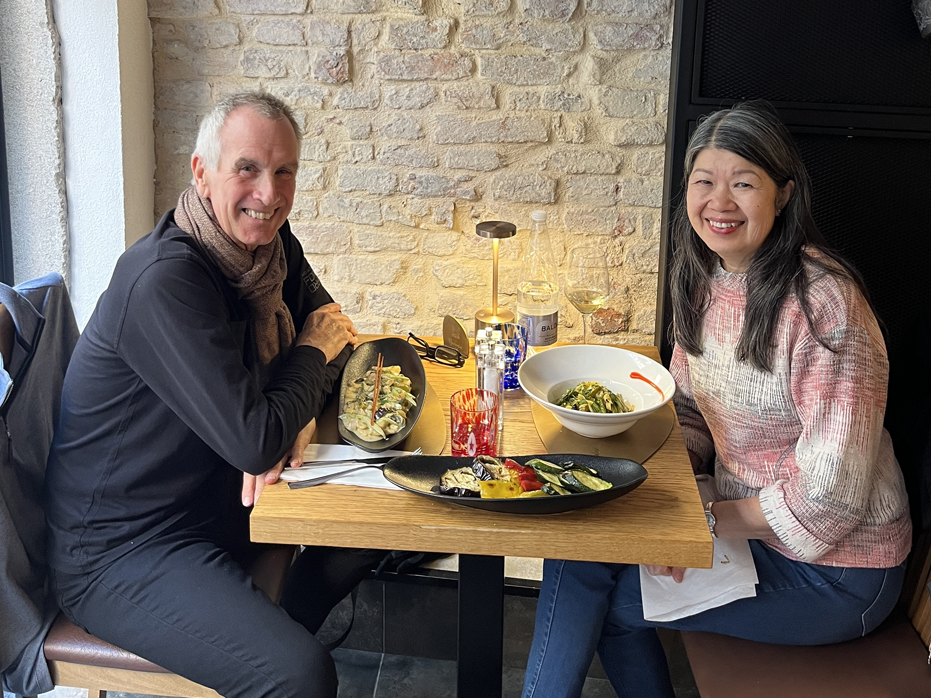

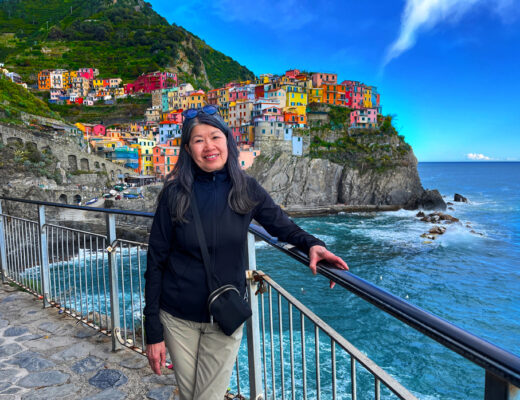

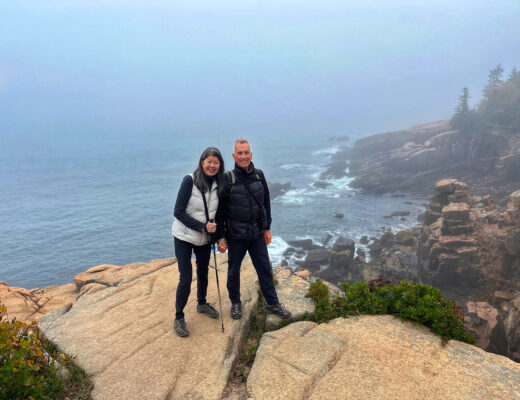

No Comments